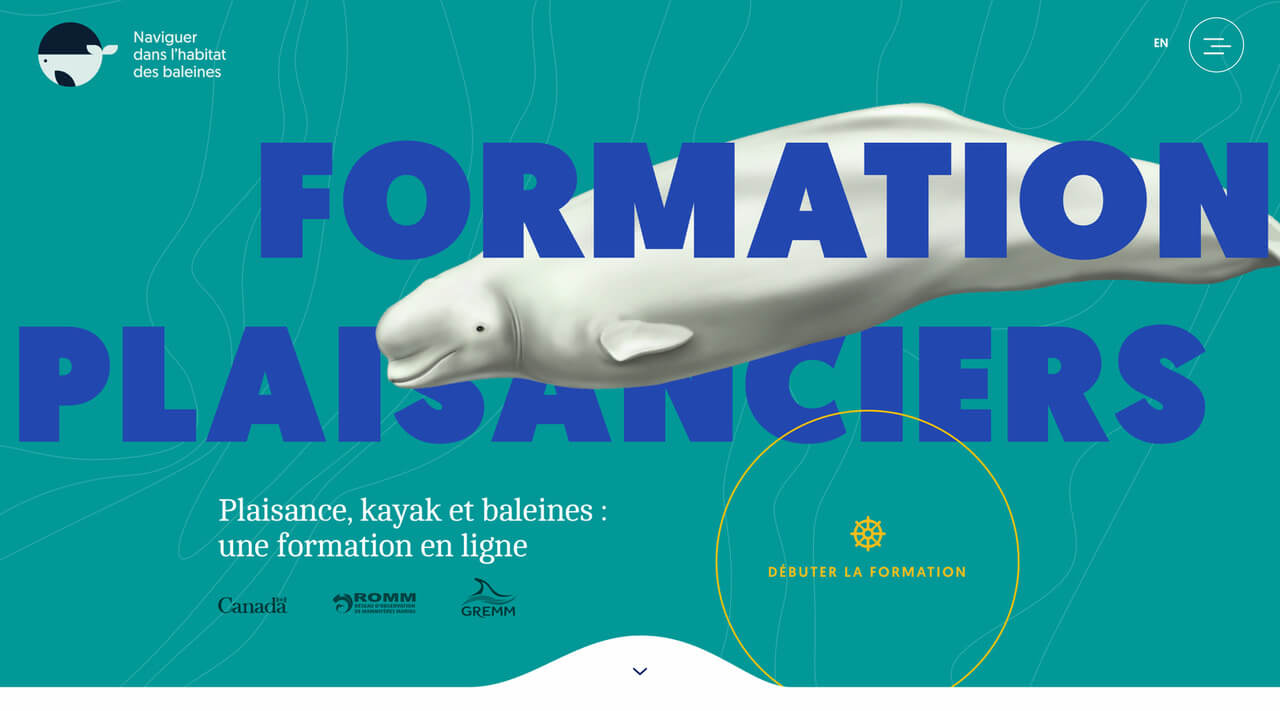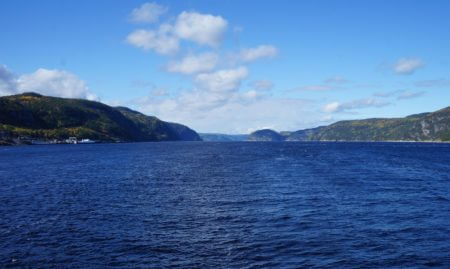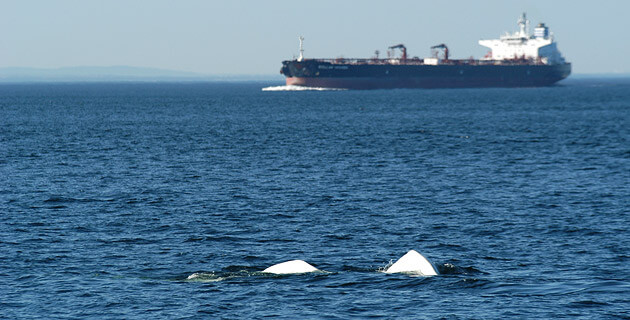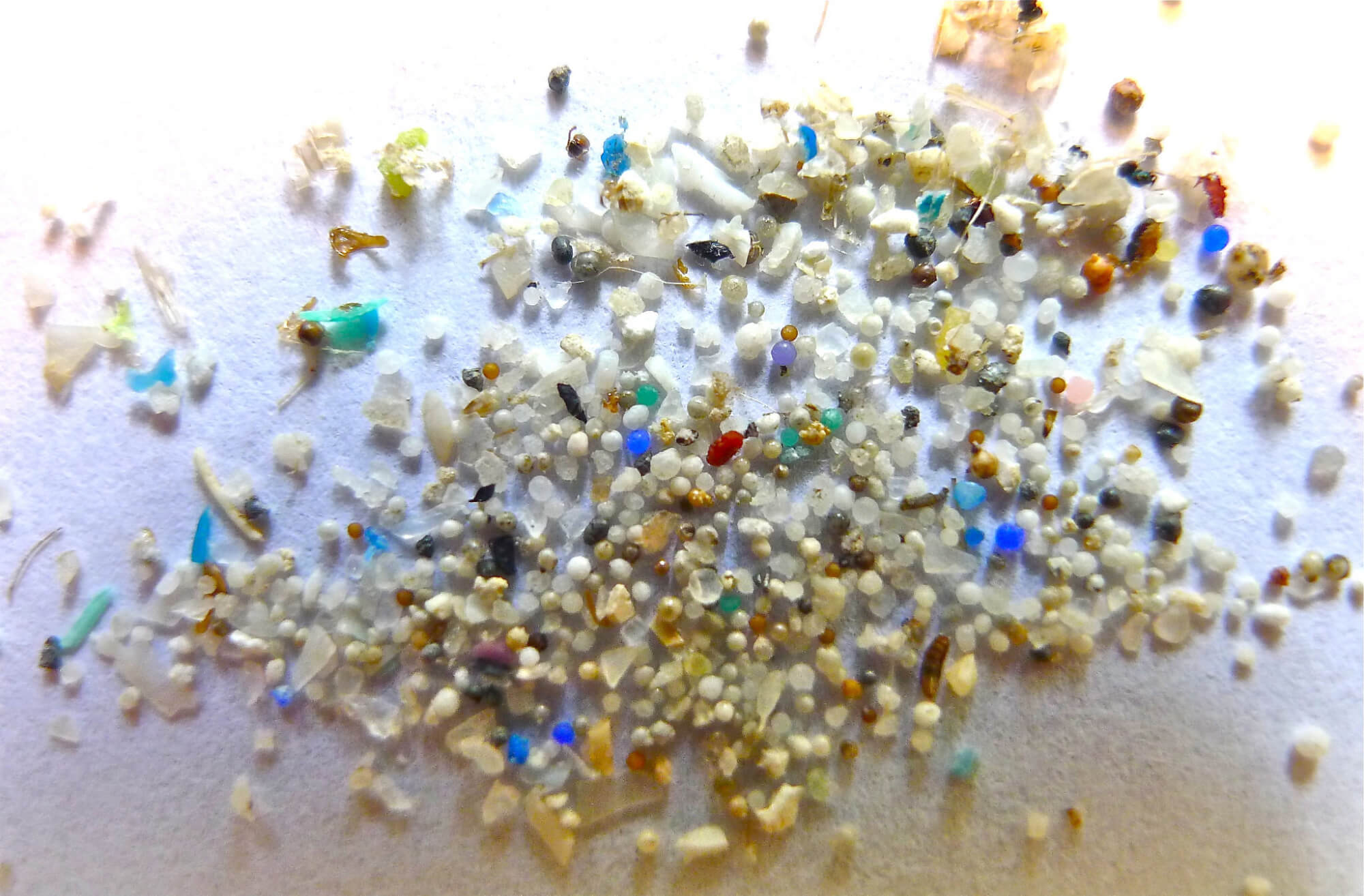Since every little gesture counts when it comes to safeguarding the environment, the Whales Online team presents five actions that can help protect ecosystems and, at the same time, whales. Earth Day is April 22, but whales need your involvement all year round!
1- Educate yourself
Whale conservation goes hand in hand with a good understanding of how these animals live. As Jacques Cousteau said so well: “We only protect what we love, we only love what we understand, and we only understand what we are taught.” Here are a few ways to cultivate your understanding!
As a magazine and encyclopedia dedicated to marine mammals, Whales Online is the ideal place to immerse yourself in their universe. The website’s reader-friendly articles describe the latest scientific research, questions received by the public or recent sightings in the St. Lawrence. Subscribe to the newsletter to receive the latest published articles each week, as well as a summary of news on marine mammals and the St. Lawrence. It is also possible to follow Whales Online on Facebook, Instagram and Twitter.
To dive a little deeper, nothing beats a visit to the Marine Mammal Interpretation Centre in Tadoussac to admire the largest collection of whale skeletons in Canada. Naturalists on the premises will be able to answer all your questions about these giants of the seas.
For anyone operating a watercraft, be it a motorboat, sailboat, kayak or paddle board, completing the free-of-charge Navigating Whale Habitat training, which takes 30 to 45 minutes, is an ideal solution. The different modules of the training aim to teach participants how to identify different cetacean species, boating regulations as well as how to address the potential impacts of their activity. All with the aim of promoting a safe coexistence with marine mammals.
To admire cetaceans or pinnipeds, there is nothing like watching from shore. Côte-Nord, Gaspésie and Bas-Saint-Laurent are three regions where it is possible to observe marine mammals from dry land. To enjoy some good sightings, you’ll need a pair of binoculars, patience and a bit of luck! On the beaches, however, it is important to know how to act in the presence of marine life. For example, a distance of 100 metres should be maintained from seals to avoid stressing them. During the pupping season, it is also possible to see young seals alone. It’s perfectly normal!Mother seals must sometimes leave their young to search for food. If the seal has visible injuries, if it is in an awkward place for human activities or if you see other people disturbing or handling it, contact the Quebec Marine Mammal Emergency Response Network at 1-877-722-5346.
Staying informed is a good way to help whales, since it is only by understanding the impact that humans have on the environment that we can change things.
2- Consume water more responsibly
In Quebec, the average person consumes 424 litres of water a day (article in French), or nearly 5 above-ground pools per year.
Since water is a precious resource for both humans and whales, reducing your daily water consumption reduces the volume of water that must be taken from the natural environment. Wastewater that ultimately ends up in the St. Lawrence will also be reduced.
For whales, this is not negligible, as this wastewater contains all sorts of harmful products: laundry detergents, soaps, household products, etc. Opting for products that are biodegradable and have a limited impact on the environment can also make a significant difference for whales!
3- Consume wisely
The things we buy have a direct impact on the environment and on whales. Given that the majority of material goods and foodstuffs are transported by ship, the more we consume products that come from afar, the more we contribute to maritime traffic. By shifting to more locally produced goods, we therefore reduce the demand for shipping. And less shipping traffic means less chance of collisions between whales and boats! What’s more, this reduction in the number of vessels on the water also mitigates underwater noise pollution. From belugas to North Atlantic right whales, a host of cetacean species benefit from these small changes in consumer habits.
Consuming seafood products from sustainable fishing practices is also recommended. In Quebec, the Smarter Seafood initiative encourages consumers to discover and integrate lesser-known species into their diet. Diversifying our consumption of seafood makes it possible to lower the risk of certain populations in the ecosystem being overexploited.
When you’re out grocery shopping, try to prefer products that have been harvested using responsible practices. Environmentally friendly fishing gear, for example, can contribute to the protection of many marine species, including whales. To help you make well-informed choices, we invite you to consult the Seachoice and MSC websites.
4 - Watch out for plastics!
Reducing plastic consumption is also a good way to contribute to the protection of whales. Plastic bags, single-use bottles and straws are all examples of items that can easily be replaced by more sustainable alternatives. Toothed whales are affected by larger pieces of plastic, as they mistake them for prey. Such ingestion is sometimes fatal as it can block the stomach or puncture one of the organs in the digestive tract.
Baleen whales, on the other hand, are more vulnerable to tiny microplastic particles. By filtering large volumes of water to feed, they absorb up to 3 million particles per day! When decomposing in the animal’s organism, plastics release toxic chemical compounds, though few studies have been conducted on this phenomenon to date. Some of these particles come from our clothes! Every time they’re washed, some of the textile fibres are flushed out in the wastewater and end up in the environment… and in whale habitat! Try washing your clothes a little less often, or buying clothes that are more durable and/or made from plant fibres rather than petroleum-based materials.
Even if individual actions have an impact, we must not forget scientific research or collective actions either. For example, research is underway on filters for washing machines (article in French).
5- Get involved
To make a more direct contribution, nothing beats getting involved!
If you live near the St. Lawrence, or are passing through on vacation, don’t hesitate to report your sightings using the marine mammal observation data entry tool developed by the Marine Mammal Observation Network.
Interested in sharing a story or publishing a photo, or perhaps you’ve spotted a spout offshore or a gathering of seals? Write to us and send your photos to [email protected]!
Do you live near the St. Lawrence? Are you motivated, available and interested in supporting marine mammal conservation in the St. Lawrence? Marine Mammal Emergencies sometimes recruits volunteers. Many organizations work to protect the environment, the ocean or aquatic environments. The David Suzuki Foundation, WWF-Canadaand Earth Rangers are just a few examples of organizations that accept volunteers, but don’t hesitate to look closer to home as well, as there is probably no shortage of opportunities right in your backyard!
Short on time, but still want to make a difference? You can make a donation to an organization that works in research and conservation.










